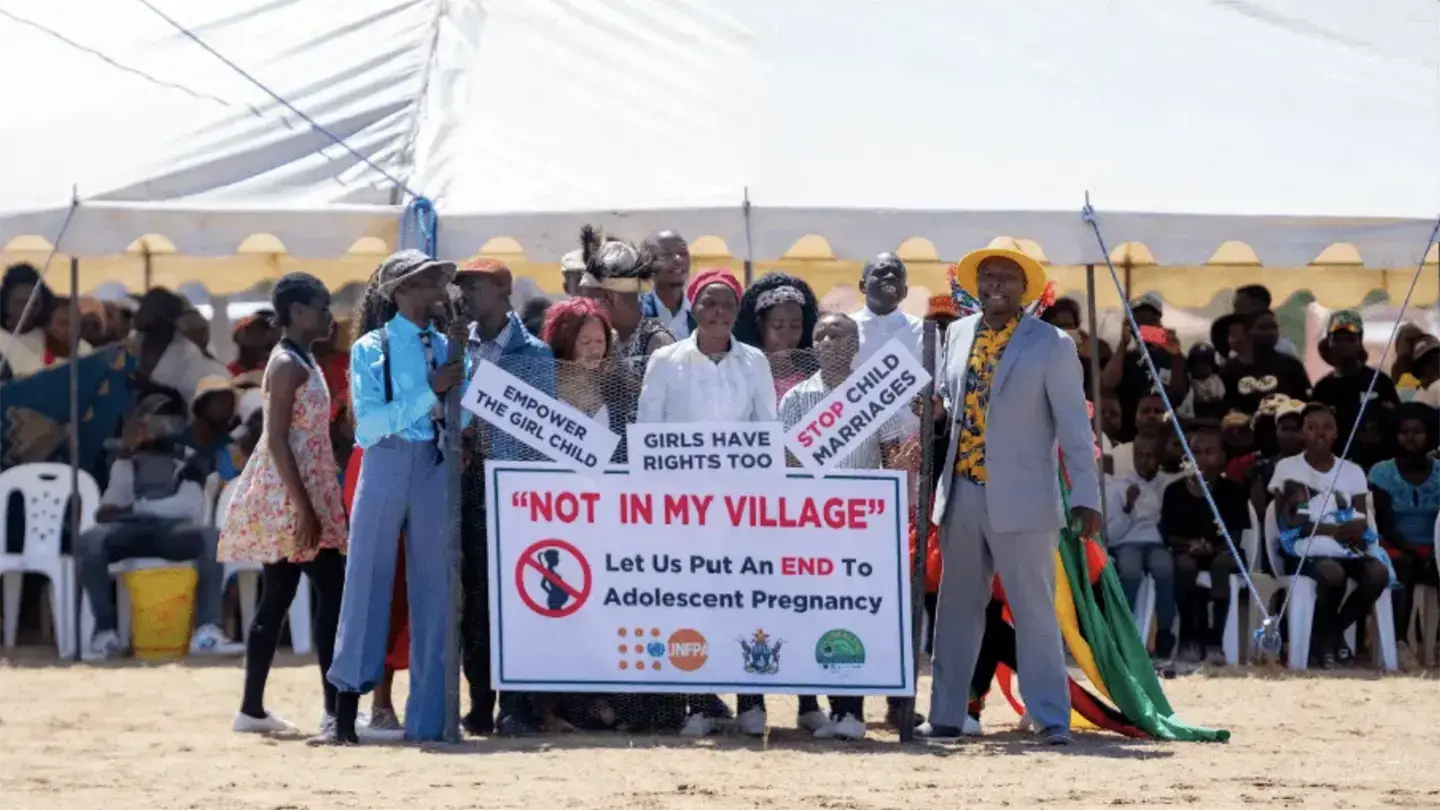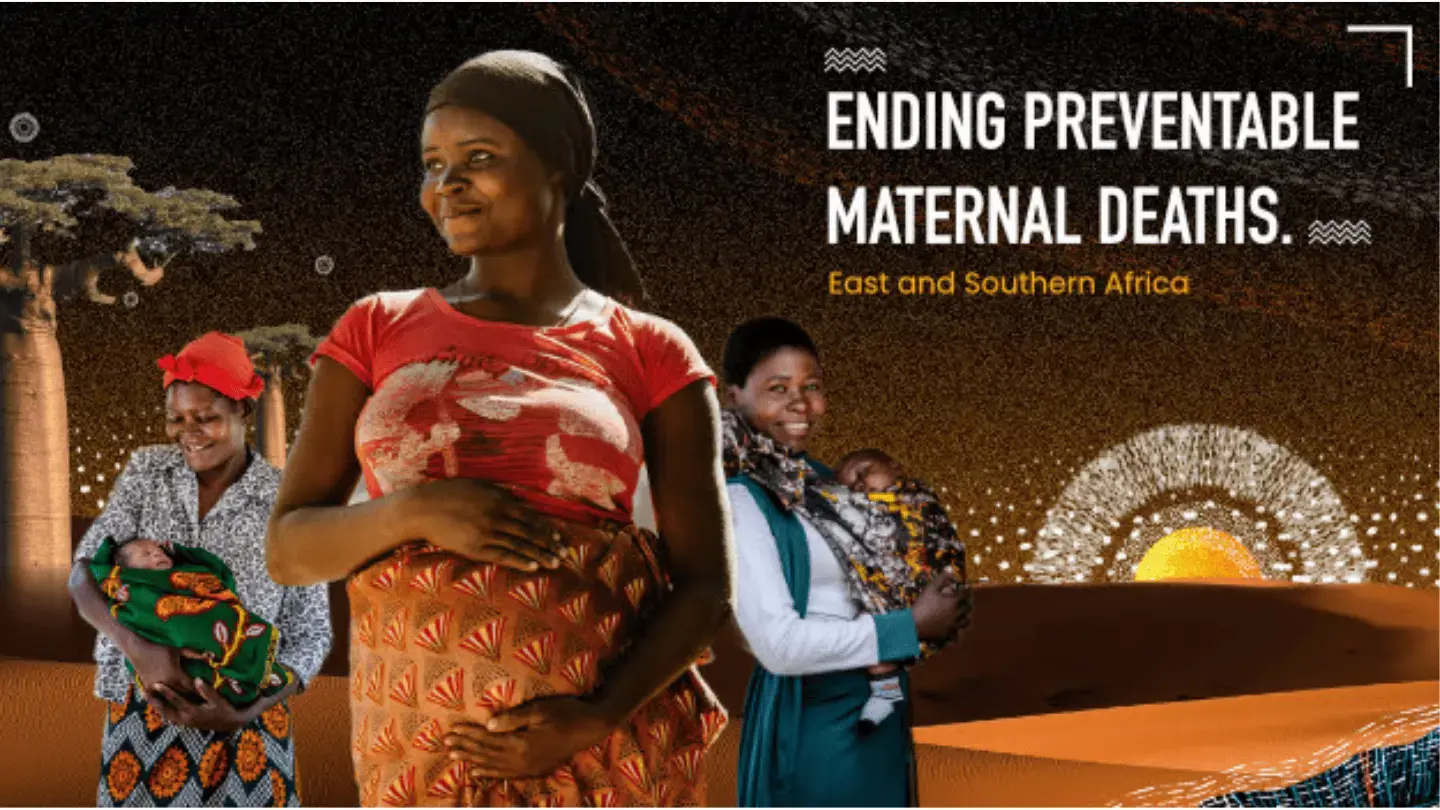Français Español العربية Русский
LONDON/UNITED NATIONS, New York — Motherhood in childhood is a huge global problem, especially in developing countries, where every year 7.3 million girls under 18 give birth, according to The State of World Population 2013 , released today by UNFPA, the United Nations Population Fund.
Of these 7.3 million births, 2 million are to girls 14 or younger, who suffer the gravest long-term health and social consequences from pregnancy, including high rates of maternal death and obstetric fistula, according to the report, entitled, Motherhood in Childhood: Facing the Challenge of Adolescent Pregnancy.
The report places particular emphasis on girls 14 and younger who are at double the risk of maternal death and obstetric fistula.
Motherhood in Childhood offers a new perspective on adolescent pregnancy, looking not only at the girls’ behaviour as a cause of early pregnancy, but also at the actions of their families, communities and governments.
“Too often, society blames only the girl for getting pregnant,” said UNFPA Executive Director, Dr. Babatunde Osotimehin. “The reality is that adolescent pregnancy is most often not the result of a deliberate choice, but rather the absence of choices, and of circumstances beyond a girl’s control. It is a consequence of little or no access to school, employment, quality information and health care.”
According to the report, early pregnancy takes a toll on a girl’s health, education and rights. It also prevents her from realizing her potential and adversely impacts the baby.
It is not just mothers and babies that suffer consequences. Children having children also severely impacts communities and nations’ economies. For example, if the more than 200,000 adolescent mothers in Kenya were employed instead of having become pregnant, $3.4 billion could have been added to the economy. This is equivalent to the value of Kenya’s entire construction sector. If adolescent girls in Brazil and India had been able to wait until their early 20s, the countries would have greater economic productivity equal to over $3.5 billion and $7.7 billion, respectively.
While the report concludes that adolescent pregnancy is a much bigger challenge in the developing world than in developed countries, it finds that it is still also a significant issue in the latter. In the United States, for example, only about half of the girls who become pregnant as adolescents complete high school by 22, compared to 9 out of 10 girls who do not become pregnant. It also harms the economy as a whole, with nearly $11 billion a year in costs to taxpayers in the U.S. alone.
Despite the critical need to prevent adolescent pregnancy, Motherhood in Childhood finds that the global community directs less than two cents of every dollar spent on international development to adolescent girls. This is especially troubling, considering we have the largest adolescent population in human history.
However, money is just one part of the solution. UNFPA is promoting a holistic approach to tackling the challenge of adolescent pregnancy, which does not dwell on changing the behaviour of the girl, but rather on changing the attitudes and actions of the society she lives in. This includes:
• Keeping girls in school
• Stopping child marriage
• Changing attitudes about gender roles and gender equality
• Increasing adolescents’ access to sexual and reproductive health, including contraception
• Providing better support to adolescent mothers
“We must reflect on and urge changes to the policies and norms of families, communities and governments that often leave a girl with no other choice, but a path to early pregnancy, “said Dr. Osotimehin. “This is what we are doing at UNFPA and what we will continue to do and recommend until every girl is able to choose the direction of her life, own her future and achieve her greatest potential.“
UNFPA works to deliver a world where every pregnancy is wanted, every childbirth is safe and every young person’s potential is fulfilled.
For more information or interview requests, please contact:
Adebayo Fayoyin, Regional Communications Adviser, UNFPA, United Nations Population Fund, East and Southern Africa Regional Office
Tel: +27 11 6035308; +27 79 517032011
Email: fayoyin@unfpa.org
Lindsay Barnes, Regional Communications Analyst, UNFPA, United Nations Population Fund, East and Southern Africa Regional Office
Tel: +27 11 6035329
Email: barnes@unfpa.org
Mandy Kibel: +1 212 297 5293, kibel@unfpa.org; or
Omar Gharzeddine: +1 212 297 5028, gharzeddine@unfpa.org
For London-based enquiries, please contact:
Abubakar Dungus: +1 646 226 6120, dungus@unfpa.org; or
Matthew Gould: +44 (0) 207 822 1721, matthew.gould@portland-communications.com
For the full report and other resources, please visit:
State of World Population 2013
Facebook
Twitter




